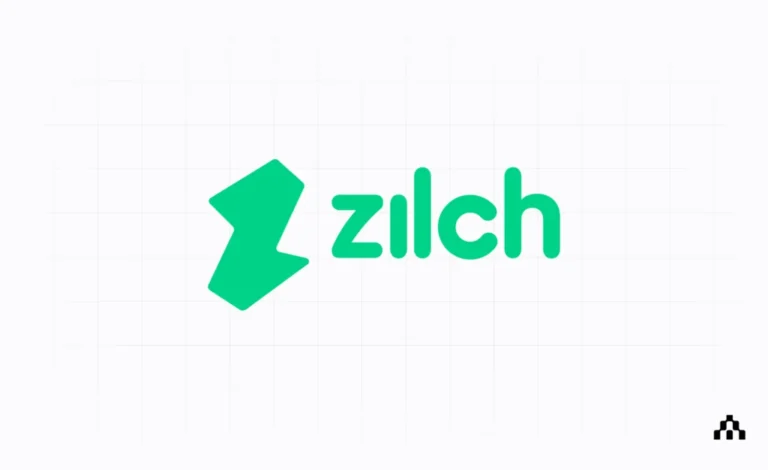
DWS Municipal Income Trust Announces Regular Monthly Distribution and Provides Additional Information for Shareholders
DWS Municipal Income Trust (NYSE: KTF) (the “Fund”) has announced the declaration of its regular monthly distribution for the month of November 2025. This monthly payout reflects the Fund’s ongoing commitment to providing shareholders with consistent income, a key component of its investment strategy and value proposition within the municipal bond market.
The Fund disclosed the following details regarding the November distribution:
| Declaration Date | Ex-Date | Record Date | Payable Date |
|---|---|---|---|
| November 7, 2025 | November 20, 2025 | November 20, 2025 | November 28, 2025 |
| Fund | Ticker | Distribution Per Share | Prior Distribution Per Share |
|---|---|---|---|
| DWS Municipal Income Trust | KTF | $0.0610 | $0.0610 |
This announcement confirms that the Fund will maintain its current distribution rate of $0.0610 per share, unchanged from its previous monthly payout. Maintaining a consistent distribution level is a central component of the Fund’s strategy, offering shareholders the advantage of predictable income while allowing the Fund to balance its earnings and capital management objectives.
Distribution Policy and Income Management Strategy
The Fund’s core investment objective is to provide income exempt from federal income tax by investing primarily in municipal bonds and related fixed-income instruments issued by state and local municipalities. To fulfill this objective, the Fund seeks to distribute all, or substantially all, of its net investment income over the course of each fiscal year. The Fund accomplishes this by issuing monthly distributions and, when applicable, distributing any realized capital gains at least once per year.
However, the Fund also notes that the monthly distribution amount may not always match the exact level of net investment income generated in that particular month. In order to maintain stability in its declared distribution level per share, the Fund may sometimes distribute more or less than the net investment income earned during the specific monthly period. When distributions exceed the income earned, the difference may be attributed to realized capital gains and/or a return of capital (ROC).
A return of capital occurs when the distribution includes amounts sourced not from income earned by the Fund’s investments, but from the shareholder’s original principal or previously undistributed earnings. This does not necessarily indicate poor performance; ROC can be used strategically to maintain stable dividends, particularly in environments where bond yields fluctuate or market conditions temporarily soften the Fund’s income-generating capacity.
However, when distributions consistently exceed total return performance over a longer period, net asset value (NAV) may decline. For this reason, the Fund emphasizes that shareholders should evaluate distribution sources in the context of overall portfolio return trends.
Estimated Return of Capital Component
The Fund currently estimates that a portion of the November distribution includes a return of capital. This means that part of the distribution is not derived from current income or realized gains, but rather from a return of invested capital back to shareholders.
It is important for shareholders to understand that a return of capital does not directly indicate the Fund’s investment performance, nor should it be interpreted as yield or income in the traditional sense. Instead, ROC is an accounting classification of distribution source.
As required by federal securities regulations, the Fund will issue a formal notice to shareholders detailing:
- The amount of the monthly distribution
- The estimated sources of the distribution (e.g., income, capital gains, return of capital)
- Additional explanatory information to help investors interpret the payout
The final determination of the tax character of all distributions for 2025 will be reported in Form 1099-DIV early in 2026, once the Fund’s full-year results have been finalized.
Important Considerations and Risk Factors for Municipal Bond Investors
The Fund also reminds investors of the various risks associated with investing in municipal securities and related derivatives. While municipal bonds are commonly used by investors seeking tax-exempt income, these investments carry risks that vary in severity depending on market conditions and issuer characteristics.
Key risks include:
- Interest Rate Risk:
When prevailing interest rates rise, the market value of existing municipal bonds generally falls. This inverse relationship can affect the Fund’s NAV and total return, particularly during periods of rapid interest rate increases. - Credit Risk:
Municipal issuers must meet principal and interest obligations on time. Adverse economic or financial developments affecting states, municipalities, or specific local projects can impair the issuer’s ability to satisfy these obligations. - Market and Liquidity Risk:
The municipal bond market is, at times, less liquid than the taxable bond market. Limited liquidity may result in wider spreads or pricing inefficiencies, especially during periods of market stress. - Regulatory and Political Risk:
Legislative changes, fiscal policy developments, litigation, or municipal restructuring efforts can materially impact issuer creditworthiness and bond valuations. - Derivatives and Leverage Risk:
If the Fund uses derivatives or leverage, such actions could magnify economic gains but also intensify losses if markets move in an unfavorable direction. Leverage introduces additional sensitivity to market volatility.
While the Fund seeks to provide federal tax-exempt income, it notes that some distributions may be subject to state and local income taxes. Additionally, certain municipal securities generate income subject to the alternative minimum tax (AMT).
Closed-End Fund Structure and Share Trading Dynamics
Unlike open-end mutual funds, closed-end funds issue a fixed number of shares in a one-time public offering. Once issued, these shares trade on a stock exchange, in this case the New York Stock Exchange (NYSE), under the ticker KTF.
Because market price is determined by supply and demand dynamics—not solely the value of the underlying portfolio—closed-end fund shares may trade:
- At a premium (above NAV)
- At a discount (below NAV)
The Fund cannot predict whether its shares will trade at, above, or below NAV in the future, as market conditions, investor sentiment, interest rate expectations, and broader economic factors influence share pricing.
The Fund cautions that certain statements in its release are forward-looking in nature. These statements rely on expectations and assumptions about future market conditions, economic trends, regulatory environments, and global geopolitical developments. Actual results may differ materially due to:
- Changes in market or economic conditions
- Shifts in interest rates
- Regulatory reforms or legal challenges
- Credit deterioration in municipal issuers
- Global macroeconomic disruptions, including pandemics, geopolitical conflicts, sanctions, trade disputes or other systemic events
The Fund makes no commitment to update forward-looking statements unless required by law.
The November distribution declaration from DWS Municipal Income Trust reflects the Fund’s ongoing strategy of delivering stable monthly payouts to investors seeking federally tax-exempt income. While a portion of the distribution is estimated to include return of capital, the Fund continues to operate under a disciplined income and portfolio management approach, balancing distribution continuity with long-term portfolio sustainability.
Shareholders are encouraged to review forthcoming distribution notices, year-end tax documents, and ongoing Fund communications to better understand the income characteristics, tax treatment, and performance context of future distributions.
Source link: https://www.businesswire.com




